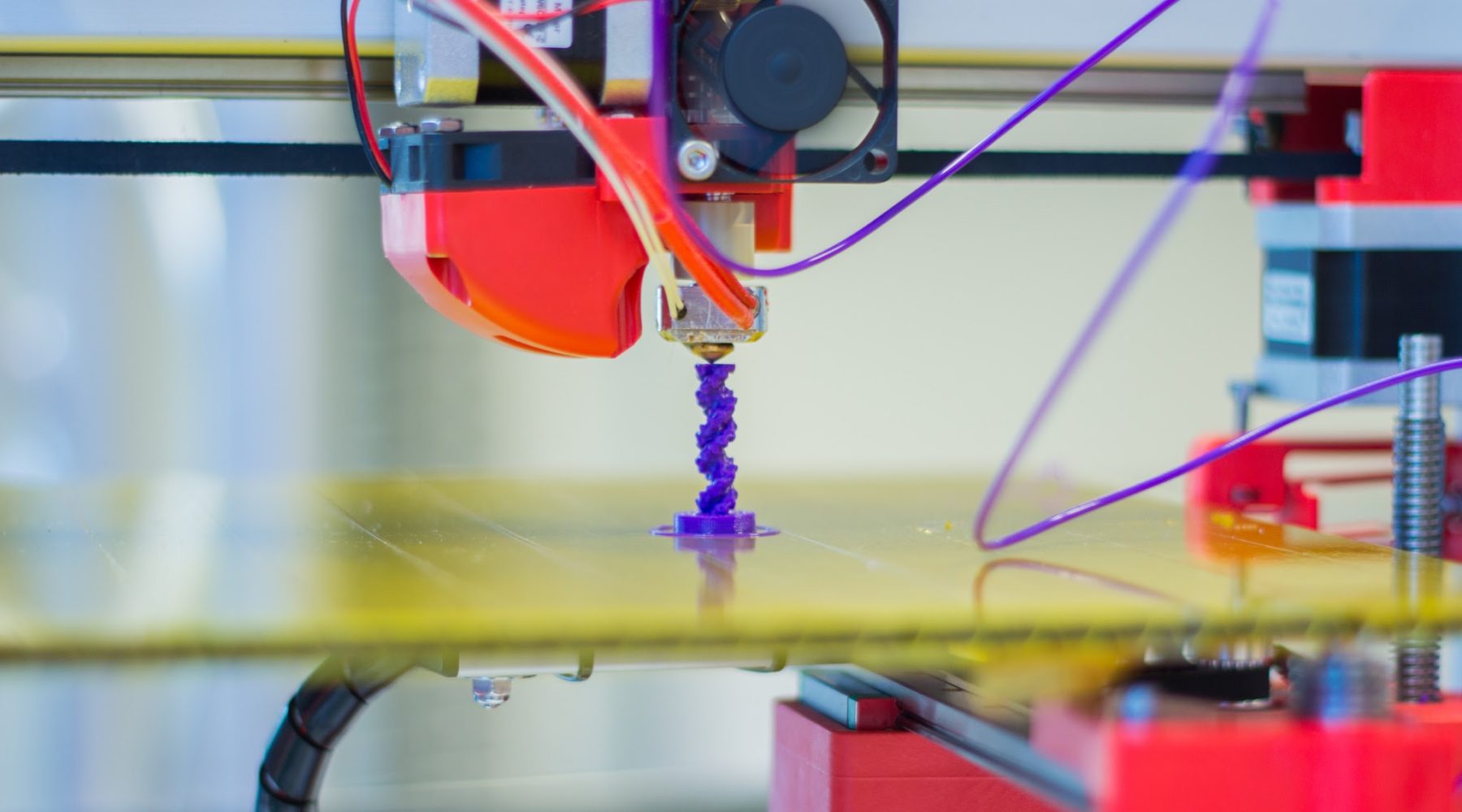A new dimension in printing tech
Self-assembling cars and cancer-fighting robots might seem like something out of a science-fiction movie, but these are just two ideas that could become a reality with the rise of 4D printing.
The art of 3D printing has already reached just over 30 years in age. Nowadays, printing almost anything is possible, from toys and tools to various other household items, with some printers available for under £1000. Essentially, the process works by generating layers of material on top of each other to create the 3D object. Despite being a focus of current research among many scientists, it has already been taken a step further with the introduction of a fourth dimension, a concept now popularly known as 4D printing.
Skylar Tibbits, head of MIT’s Self-Assembly Laboratory, began this research with simple material deformations. The 4D printing process uses a specialised 3D printer made by the company, Stratasys, which can create multi-layered materials, combining the traditional layers of plastic used in 3D printing with a layer made from a ‘smart’ material that can absorb water. After printing, the smart layer can expand and become a force that can bend or twist the material to make it change shape. With careful geometric calculations, this change can potentially be modified to yield any desired form.
The smart layer could also potentially use heat, vibration and sound to modify materials, giving a wide scope of possibilities with such a wide range of applications. Imagine buying a cabinet or a chair from IKEA that puts itself together, or the improved comfort in children’s clothing using materials that react to temperature.
This could even be applied to biocompatible materials that can be implanted in the human body. For example, stents placed inside arteries to regulate blood flow could be pre-programmed to change shape, which would lessen the need for external involvement from a surgeon. Research is also being carried out into nanorobots built from DNA strands with double-helix ‘locks’ that are only opened when in contact with specific cancerous cells, which would allow the release of antibodies to specific targets.
Recently, the Museum of Modern Art in New York acquired a 4D-printed dress that automatically changes shape. Thousands of compressed objects were generated by a 3D printer in nylon, which then unfolded into the intended shape after printing without any input in the assembly process. The dress was reported to flow and conform fluidly in response to body movement. Using 3D scanning, the dress was also designed to fit the wearer perfectly, demonstrating a new manufacturing approach to create complex, customised products.
Tibbits originally demonstrated this concept using a 3D-printed self-folding strand that folded up into a cube when put in contact with water. Installing such materials in, for example, underground water pipes could save the effort taken to dig them out when problems occur. The material could be programmed to make the pipes expand, contract or pulsate to help move water through them.
Of course, adapting this technique to larger-scale applications, such as construction, is more challenging. It was also found that the deformations could be applied and reversed several times, but the material degraded after repeated use. The long-term durability of smart materials is still in need of improvement and research to expand the range of structures possible still continues.
One investor of 4D printing is the U.S. Army, who have already been testing the idea of printing ammunition and parts on board their ships. The difficulty in assembling parts together is hoped to be the job of the 4D printer. A grant of just under a million dollars has been given to research teams working in 4D printing to help make such ideas into reality. Imagine an adaptable 3D-printed outfit that camouflages soldiers in different environments, or materials than can expand to build bridges or roads in damaged or disaster areas. The possibilities are endless, though it will take time for this proven concept to implement in real world applications.

Comments